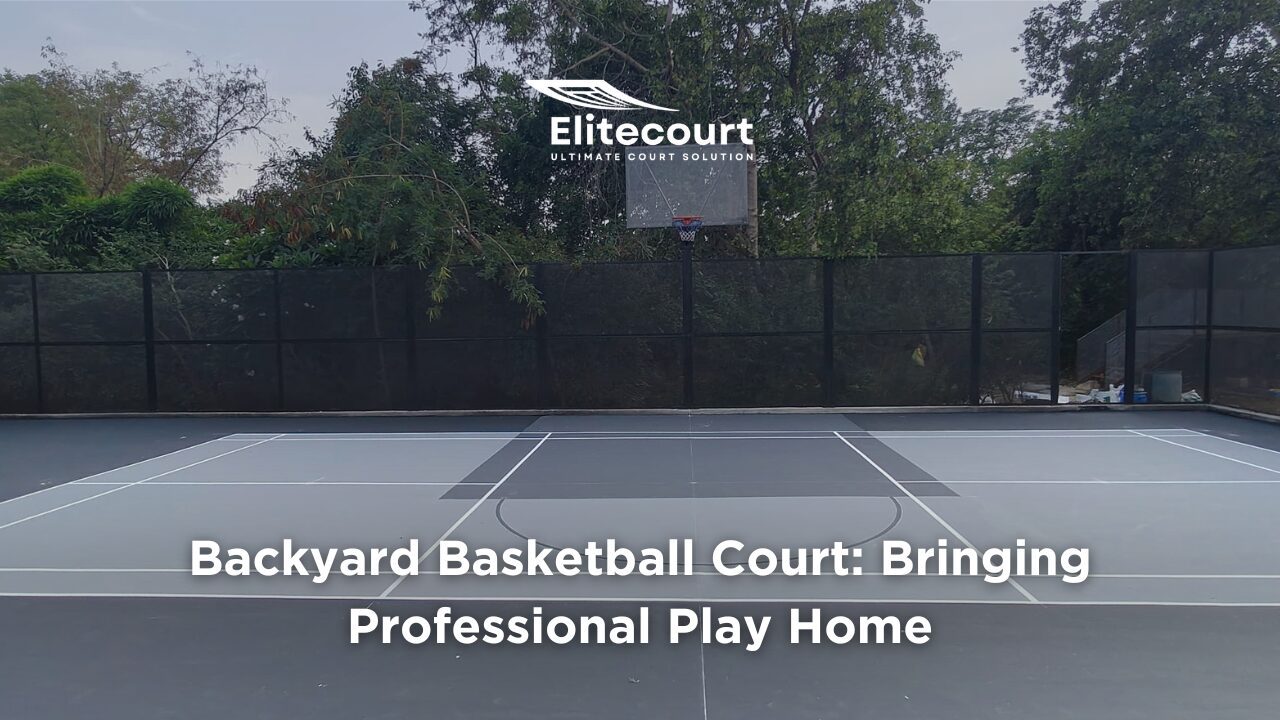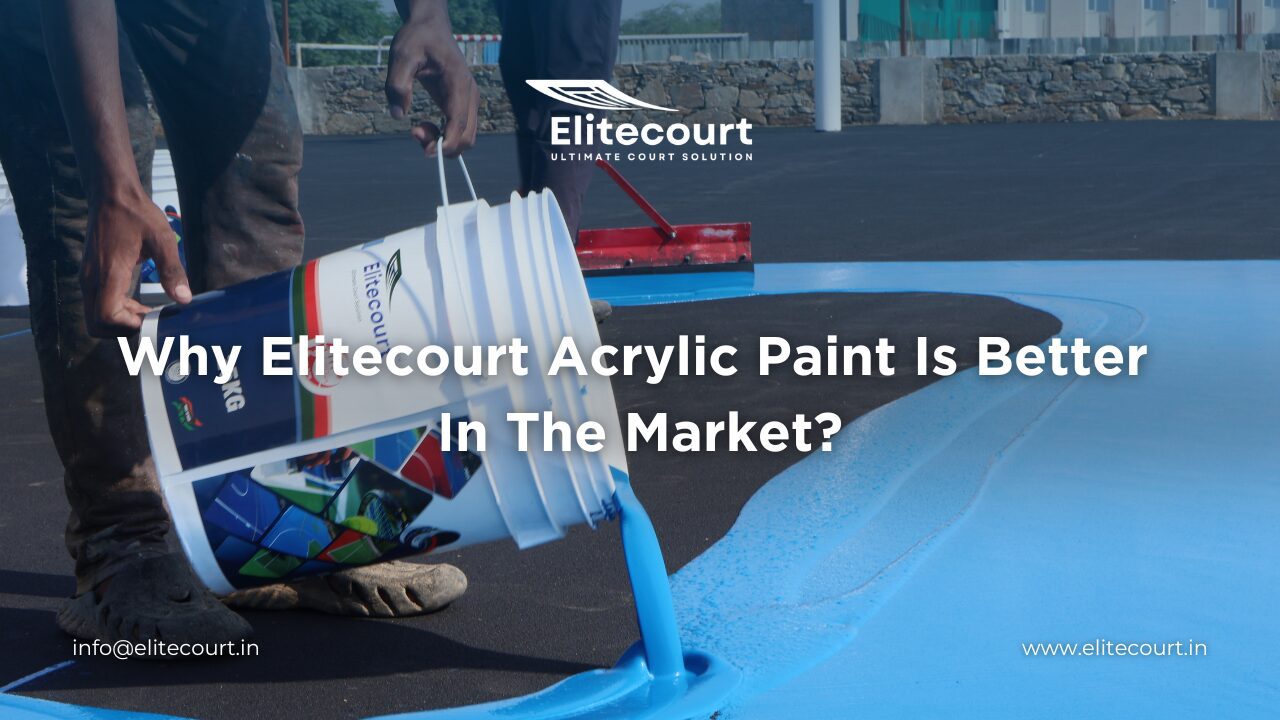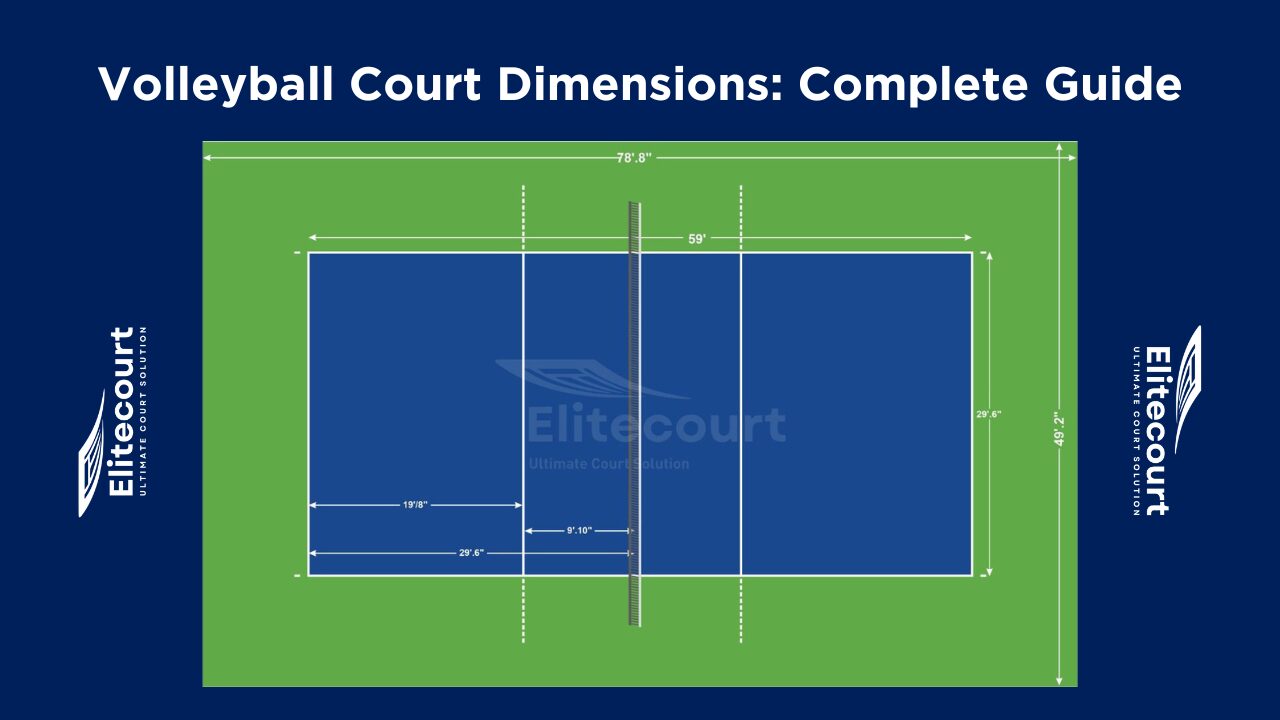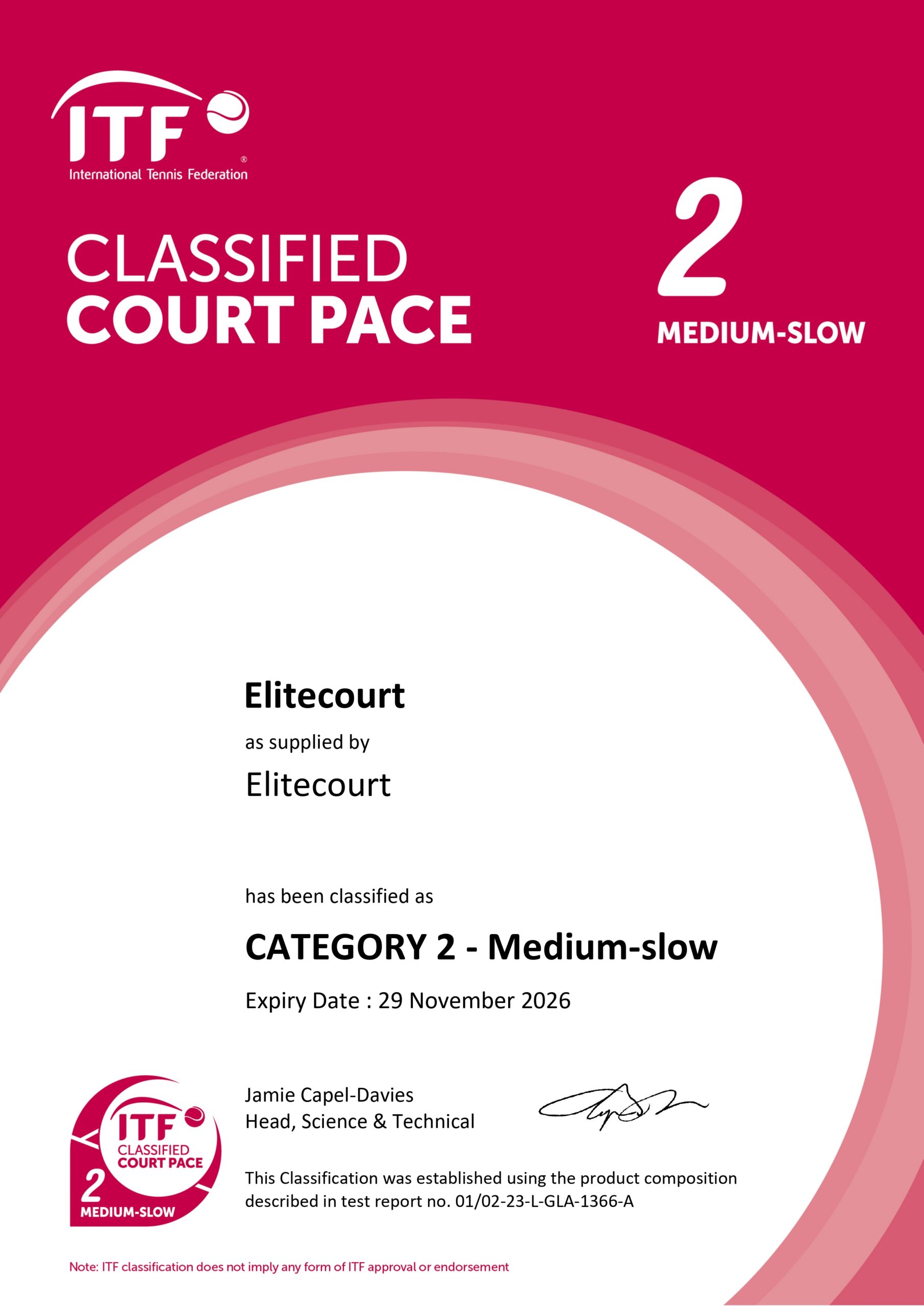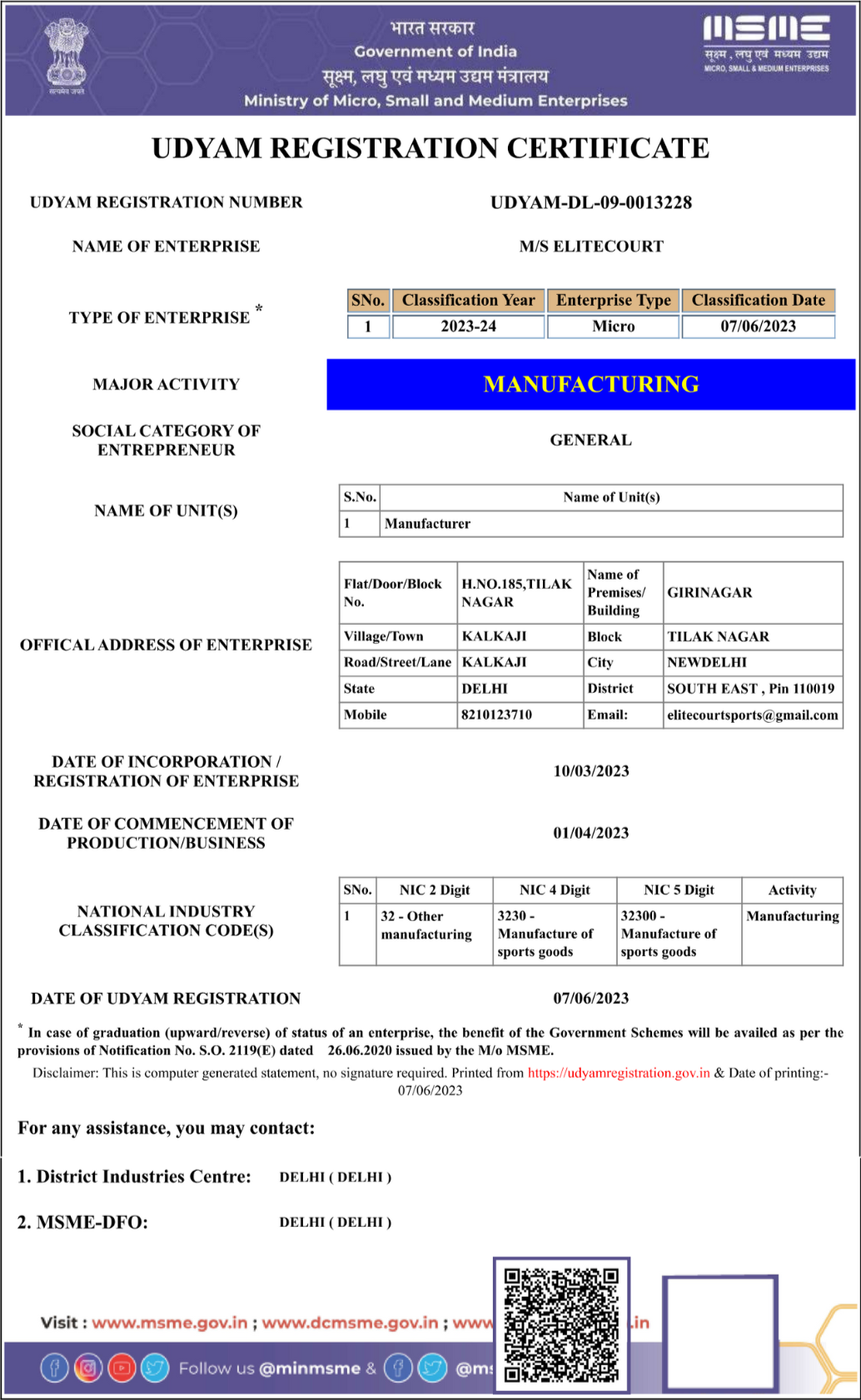Top 7 Acrylic Sports Court flooring Installation Mistakes and Pro Tips for a Flawless Finish
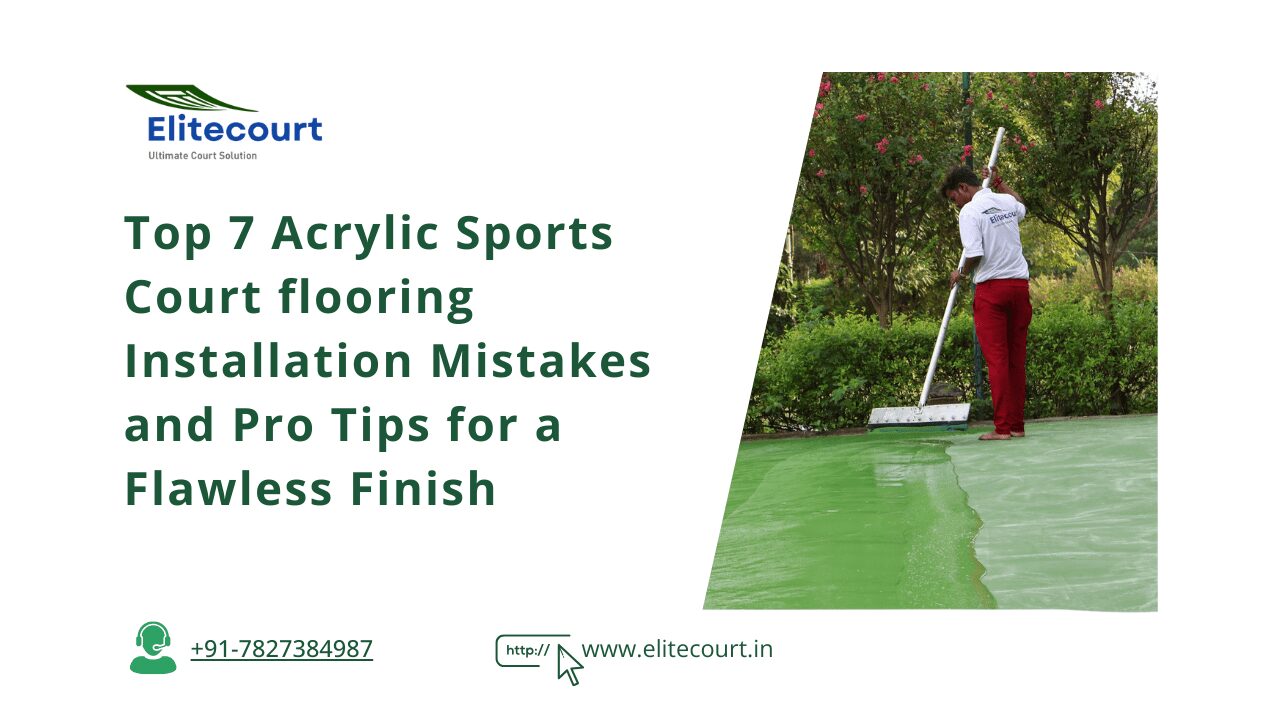
Table of Contents
Installing acrylic sports court flooring can transform any facility, providing a durable, high-performance surface for various sports. However, improper installation can lead to issues that affect both the court’s functionality and longevity. In this article, we’ll explore the top seven mistakes made during the installation of acrylic sports courts and offer pro tips to ensure a flawless finish.
Poor Surface Preparation
Mistake: One of the most critical steps in installing acrylic sports flooring is surface preparation. Neglecting this can lead to poor adhesion and a shorter lifespan for the court.
Pro Tip: Thoroughly clean the substrate before installation. Remove all dirt, debris, and existing coatings. A smooth, dry surface is crucial. Consider conducting moisture tests to check for underlying moisture issues, which can cause the acrylic to bubble or peel over time.
Incorrect Material Mixing
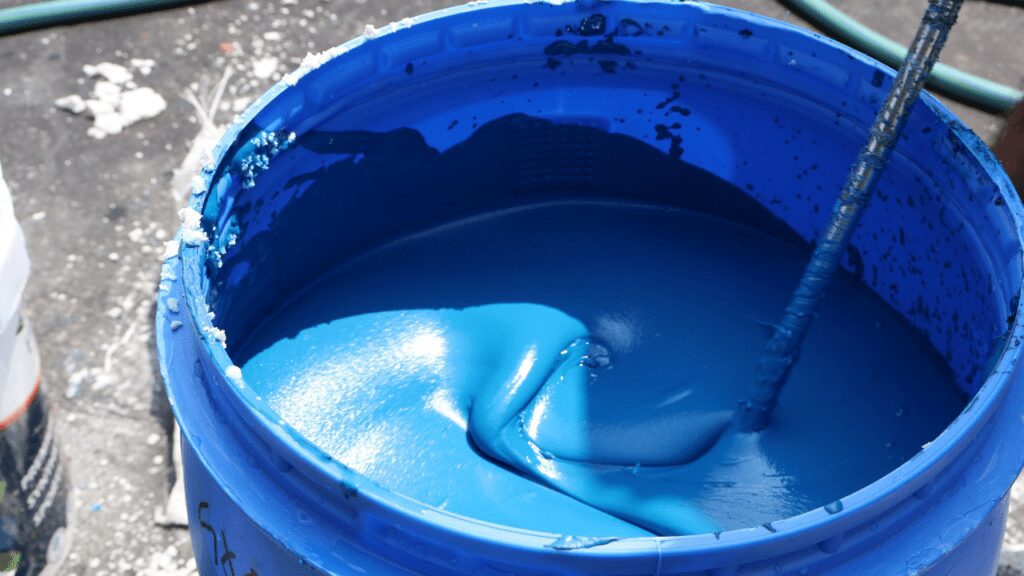
Mistake: Failing to mix the acrylic materials according to the manufacturer’s specifications can result in an uneven application and compromised performance.
Pro Tip: Always follow the manufacturer’s guidelines for mixing ratios. Use precise measuring tools to ensure consistency. Mixing should be done in a clean container to avoid contamination and ensure a homogeneous blend, which is vital for achieving the desired properties of the flooring.
Inadequate Temperature Control
Mistake: Ignoring the environmental conditions during installation can lead to serious problems, including poor adhesion and improper curing.
Pro Tip: Monitor temperature and humidity levels closely. Ideally, installations should occur when temperatures are between 50°F to 90°F. If conditions are too cold or too humid, consider delaying the installation or using heaters and dehumidifiers to create an optimal environment.
Skipping Primer Application
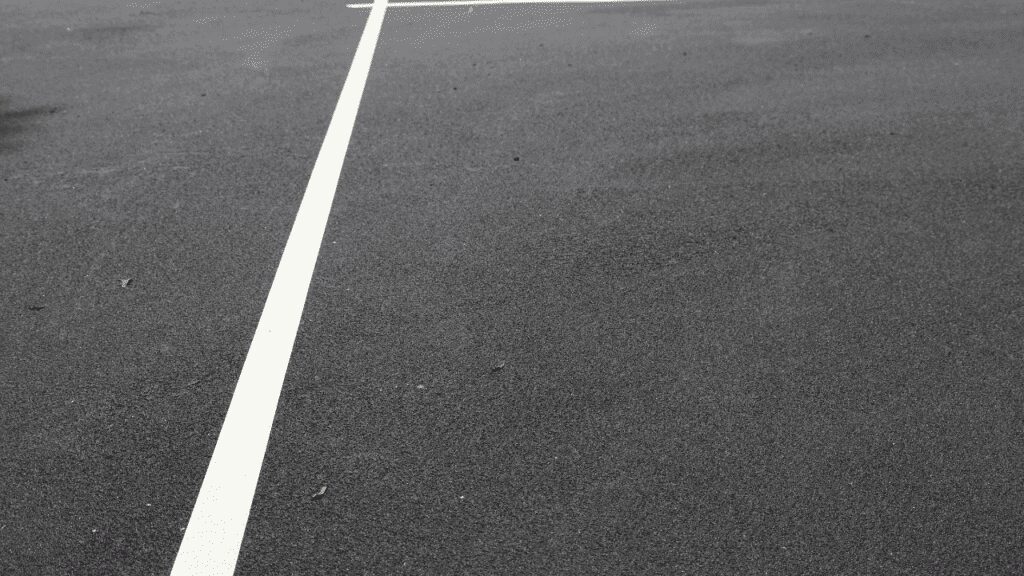
Mistake: Omitting the primer layer can significantly affect the adhesion of the acrylic to the substrate, leading to premature wear or damage.
Pro Tip: Always apply a high-quality primer that is compatible with the acrylic system. The primer not only enhances adhesion but also helps to seal the substrate, reducing the risk of moisture infiltration and ensuring a longer-lasting court.
Improper Squeegee Technique
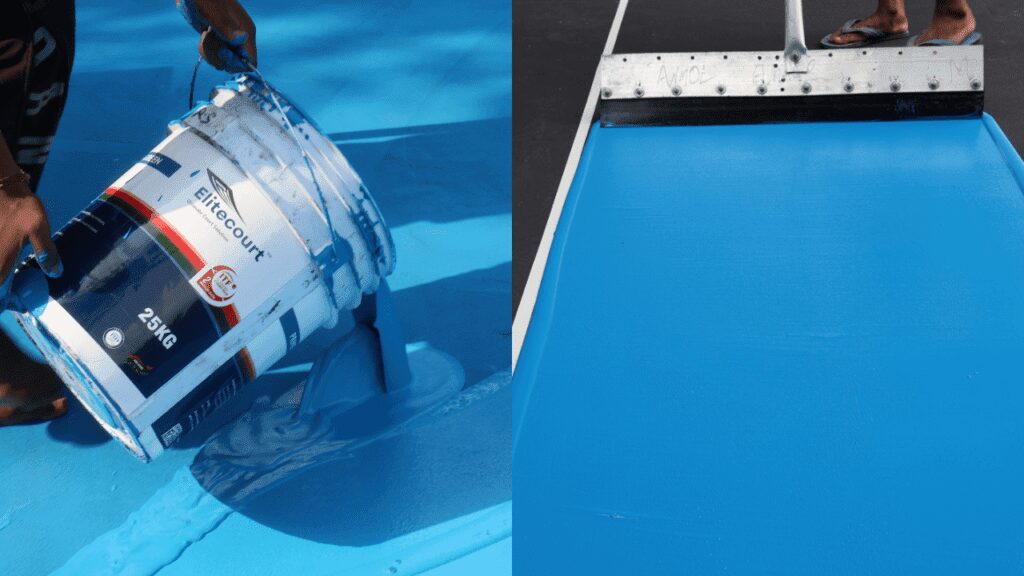
Mistake: Using incorrect squeegee techniques can result in uneven surfaces, leading to a visually unappealing court and affecting gameplay.
Pro Tip: Maintain a consistent angle and pressure while squeegeeing. Use a squeegee with the appropriate blade size and hardness for your application. Start from one edge and work systematically across the surface, ensuring even coverage without trapping air bubbles.
Neglecting to Allow Proper Curing Time
Mistake: Rushing the installation process by not allowing adequate curing time can lead to severe problems, including cracking or surface damage.
Pro Tip: Follow the manufacturer’s recommendations for curing times before allowing foot or vehicle traffic on the court. This typically ranges from 24 to 72 hours, depending on environmental conditions and the specific products used. Patience is key to ensuring a long-lasting surface.
Inconsistent Line Markings
Mistake: Poorly executed line markings can detract from the court’s appearance and may not meet regulatory standards for various sports.
Pro Tip: Use templates and measuring tools to ensure accurate line placements. Follow the sport’s specific regulations for dimensions and colors. It’s advisable to mark the lines after the base coat has cured fully but before applying the topcoat to ensure durability and visibility.
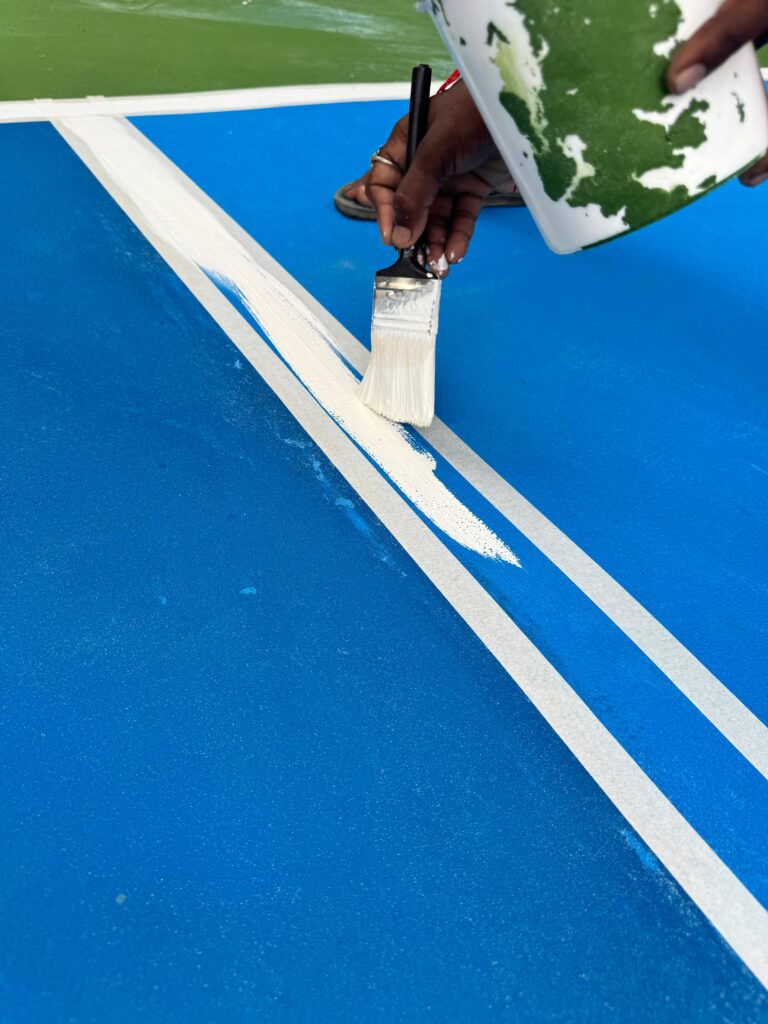
Conclusion
Avoiding these common installation mistakes can save time and money while ensuring a high-quality acrylic sports court that meets the needs of athletes and facility owners alike. By taking the time to prepare the surface, mix materials correctly, control environmental conditions, apply primer, use proper squeegee techniques, allow adequate curing time, and ensure consistent line markings, you can achieve a flawless finish.
Investing in proper installation practices not only enhances the performance of the court but also extends its lifespan, providing a better playing experience for all users. If you’re unsure about any part of the installation process, consider consulting with a professional to guarantee the best results.

